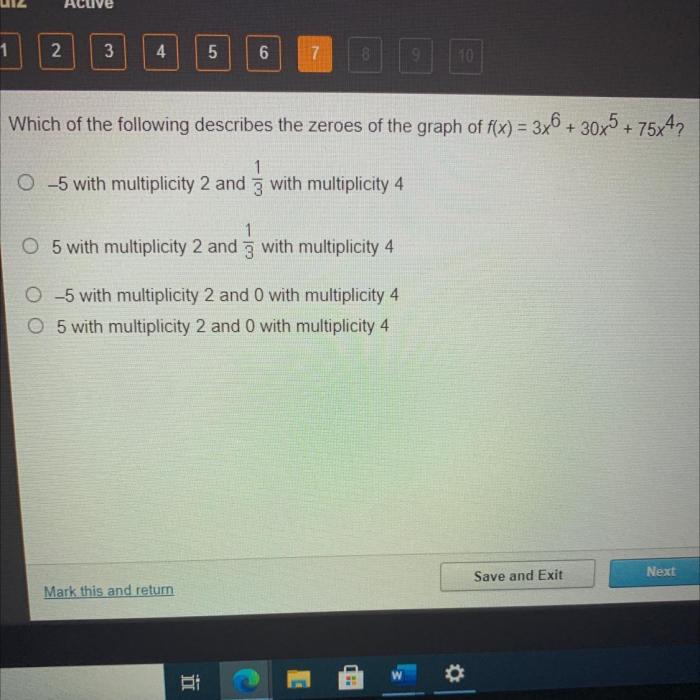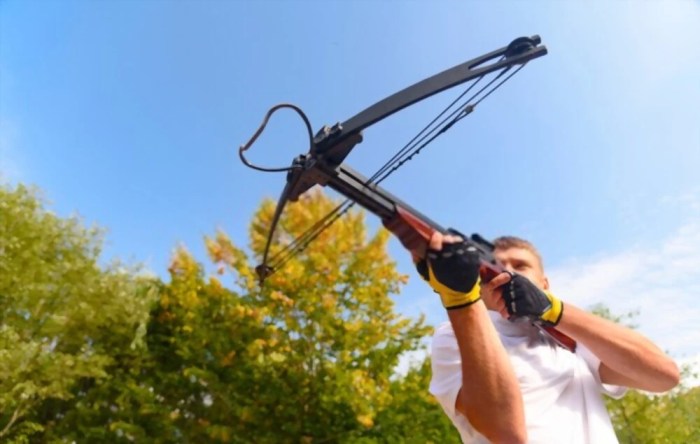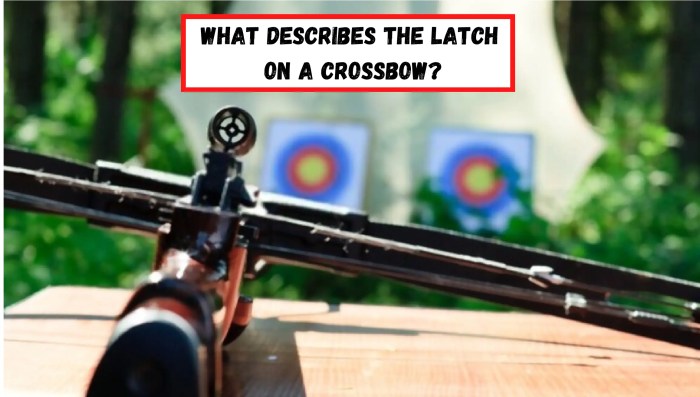Which of the following describes the latch on a crossbow – Embarking on an exploration of the intricate mechanisms that govern the latch on a crossbow, this comprehensive guide unveils the inner workings of this essential component. Delving into the various types, designs, and functions of crossbow latches, we unravel the secrets behind their operation, maintenance, and troubleshooting.
From the fundamental role of the latch in securing the crossbow string to the intricate safety mechanisms that prevent accidental discharge, this discourse provides a thorough examination of the latch’s significance. With a focus on clarity and precision, we aim to illuminate the complexities of this crucial element, empowering readers with a deep understanding of its design, operation, and maintenance.
Latch Mechanism Overview

The latch on a crossbow is a critical component that ensures the safe and reliable operation of the weapon. Its primary function is to securely hold the bowstring in place until the crossbow is ready to be fired. Latches vary in design and mechanism, but they all serve the same essential purpose.There
are several types of latches commonly used in crossbows:
-
-*Lever Latch
A lever latch consists of a lever that pivots on a pin. When the lever is pushed down, it engages with a notch on the bowstring, holding it in place. Lever latches are simple and reliable, and they are often used on budget-friendly crossbows.
-*Roller Latch
A roller latch uses a small roller to engage with the bowstring. When the trigger is pulled, the roller moves out of the way, allowing the bowstring to release. Roller latches are smooth and efficient, and they are often found on higher-end crossbows.
-*Magnetic Latch
A magnetic latch uses magnets to hold the bowstring in place. When the trigger is pulled, the magnets are disengaged, allowing the bowstring to release. Magnetic latches are very reliable, but they can be more expensive than other types of latches.
Latch Components and Design

The key components of a crossbow latch include:
-
-*Latch Body
The latch body is the main housing for the latch mechanism. It is typically made of metal or plastic.
-*Latch Lever
The latch lever is the part of the latch that engages with the bowstring. It is typically made of metal.
-*Latch Spring
The latch spring provides the force that holds the latch lever in place. It is typically made of metal.
-*Latch Pin
The latch pin is the pivot point for the latch lever. It is typically made of metal.
The materials used in latch construction vary depending on the type of latch and the manufacturer. However, metal is the most common material used for latch components due to its strength and durability.The design of a crossbow latch is critical to its performance and reliability.
The latch must be strong enough to hold the bowstring securely in place, but it must also be easy to release when the trigger is pulled. The latch must also be designed to prevent accidental discharge.
Latch Operation and Engagement

When a crossbow latch is engaged, the latch lever pivots on the latch pin and engages with the bowstring. The latch spring provides the force that holds the latch lever in place.When the trigger is pulled, the sear releases the latch lever.
The latch lever then pivots out of the way, allowing the bowstring to release.Crossbow latches typically incorporate safety mechanisms to prevent accidental discharge. These mechanisms may include a trigger safety or a manual safety. The trigger safety prevents the trigger from being pulled unless the crossbow is properly shouldered.
The manual safety prevents the crossbow from being fired unless the safety is disengaged.
Latch Maintenance and Troubleshooting

To ensure proper operation of a crossbow latch, it is important to perform regular maintenance. This includes cleaning and lubricating the latch mechanism. The latch should also be inspected for any signs of wear or damage.Common latch malfunctions include:
-
-*Latch failure to engage
This can be caused by a worn or damaged latch lever, latch spring, or latch pin.
-*Latch failure to release
This can be caused by a worn or damaged trigger sear or a jammed latch lever.
-*Accidental discharge
This can be caused by a faulty trigger safety or a damaged latch mechanism.
If a latch malfunction occurs, it is important to troubleshoot the problem and repair or replace the damaged components.
Questions and Answers: Which Of The Following Describes The Latch On A Crossbow
What is the primary function of a crossbow latch?
The primary function of a crossbow latch is to securely hold the crossbow string in place, preventing it from releasing prematurely. This ensures the safe and controlled release of the arrow when the trigger is pulled.
What are the different types of crossbow latches?
There are various types of crossbow latches, including mechanical latches, magnetic latches, and lever latches. Each type employs a unique mechanism to engage and release the crossbow string.
How do I maintain a crossbow latch?
Proper maintenance of a crossbow latch involves regular cleaning and lubrication to ensure smooth operation and prevent wear and tear. It is also essential to inspect the latch for any signs of damage or malfunction.